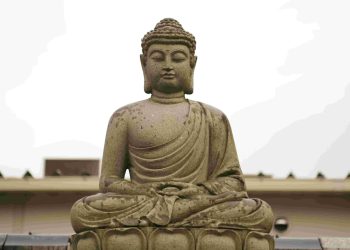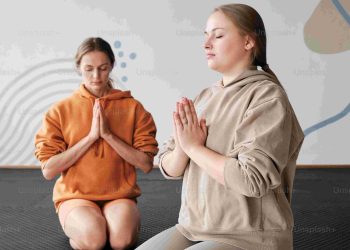Mastering the Art of Meditation: An Effective Practice Approach
In a world drowning in noise, distraction, and endless demands on our time, meditation stands as a beacon of hope—a practice that promises tranquility and clarity. But what if I told you that many people engage in meditation without ever unlocking its true potential? It is time to challenge our perceptions and rethink what it means to practice meditation effectively.
The Personal Connection to Collective Well-being
Reflecting on my own journey with meditation, I recall my initial attempts. Sitting cross-legged, I would find my mind racing with thoughts—bills to pay, dates to remember, plans to organize. Yet, what I discovered through that tumultuous period was not merely an escape; it was a deeper connection to the universal struggle for peace and mindfulness. This distilled realization: meditation isn’t just about self-improvement. It’s about tapping into a broader consciousness where individual tranquility translates into societal harmony.
Questioning Conventional Wisdom
Traditional views often paint meditation as an esoteric practice confined to dim-lit rooms and incense-filled spaces. However, this image limits its accessibility. What if meditation could be integrated into our daily routines—be it during our morning commute, while standing in line, or even in the midst of a hectic day at work? By broadening our definitions, we can unlock countless opportunities to cultivate a mindful presence.
Embracing Interdisciplinary Insights
To deepen our understanding of effective meditation practices, we must draw from various fields: psychology informs us of the neurological benefits of mindfulness—the correlative increase in emotional regulation and cognitive flexibility. Meanwhile, philosophy encourages us to explore our own existence—inviting questions like, “What is mindfulness?” or “Who am I in this moment?” Technology also plays its part in making meditation more accessible through apps designed to guide both novices and veterans alike, offering tailored sessions that fit individual needs.
Foreseeing the Future of Mindfulness
As we stand on the cusp of a new era, the intersection of meditation, technology, and workplace culture is growing more apparent. Companies are recognizing the mental health crisis that plagues their employees, and many are implementing mindfulness initiatives to enhance workplace productivity. Expect to see more businesses prioritizing wellness programs and leveraging technology to facilitate mindful routines. Our society is learning that productivity does not have to be at odds with personal well-being.
Concrete Steps to Meditate Effectively
The pathway to an effective meditation practice is paved with straightforward yet impactful steps:
-
Create a Consistent Routine:
Decide on a specific time each day; whether in the morning or before bed, consistency fosters habit. -
Start Small:
Begin with five-minute sessions and gradually increase as you feel comfortable. -
Focus on Your Breath:
Centering your awareness on the breath can help anchor wandering thoughts. -
Be Present:
When distractions arise, gently steer your mind back to the present moment. -
Explore Different Techniques:
Engage with various styles of meditation—guided, transcendental, or loving-kindness—to find what resonates.
Translating Concepts Through Metaphor
Consider meditation as a garden: initially, your mind may resemble a wild thicket, untamed and chaotic. With dedicated practice, you learn to cultivate this garden, clearing away the weeds of distraction while nurturing the blossoms of mindfulness. Each session is an act of planting—some seeds may take root quickly, while others will germinate over time. Patience becomes a skill more than a virtue. Allow your garden to flourish at its own pace.
The Necessity of Lifelong Learning
In our ever-evolving landscape, the journey of self-discovery and personal growth takes on greater importance. We must commit ourselves to continuous learning not only about meditation techniques but also about our inner selves. Engaging with literature, workshops, and communities centered around mindfulness can enrich our practice and broaden our perspectives.
Call to Action: Engage and Transform
Today, I encourage you to take a leap, challenge the conventional approach to mindfulness, and carve out your unique meditation practice. Start today by dedicating just a few minutes to pause, breathe, and reflect. Just as mindfulness can shape our individual lives, so too can our collective intentions transform the world around us.
Embracing Unique Perspectives
In this dialogue surrounding meditation, let us not shy away from questioning established narratives. The mainstream perspective may often hyper-focus on doing things a certain way. Instead, imagine a community where personal experiences are shared, learned from, and collectively evolved. This communal growth can yield diverse methods and techniques that resonate with a wider audience.
Creating a Harmonious Cycle
As we reach the end of our exploration, it is essential to recall that this discussion is merely a reflection of what is possible when we integrateself-awareness and self-improvement strategies into our lives. By cultivating personal peace, we inadvertently contribute to a more tranquil world. Let this article serve as an inspiration, urging you to embark on your own journey of mindful exploration. The potential for transformation begins within you and unfolds as you share your insights and practices with others.










